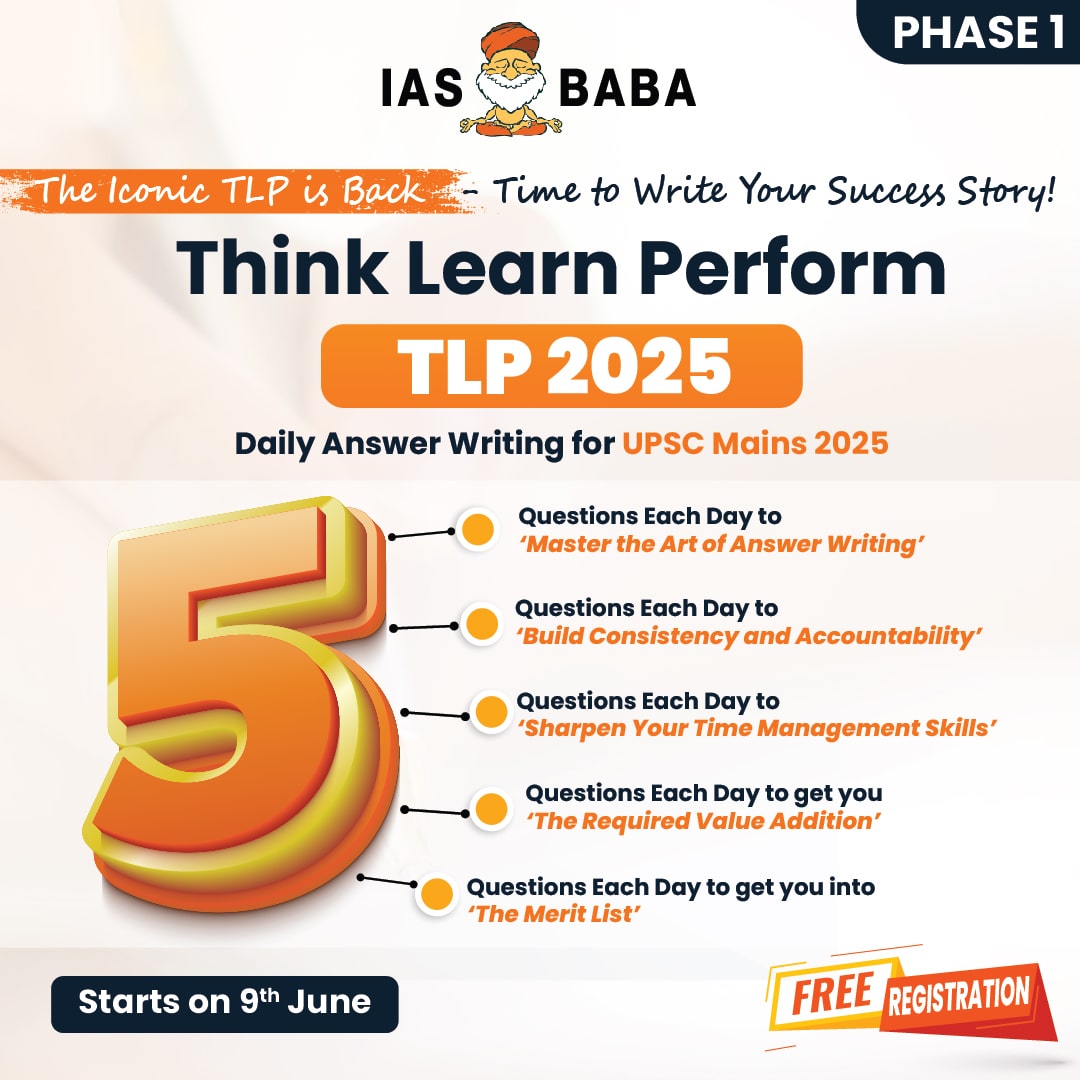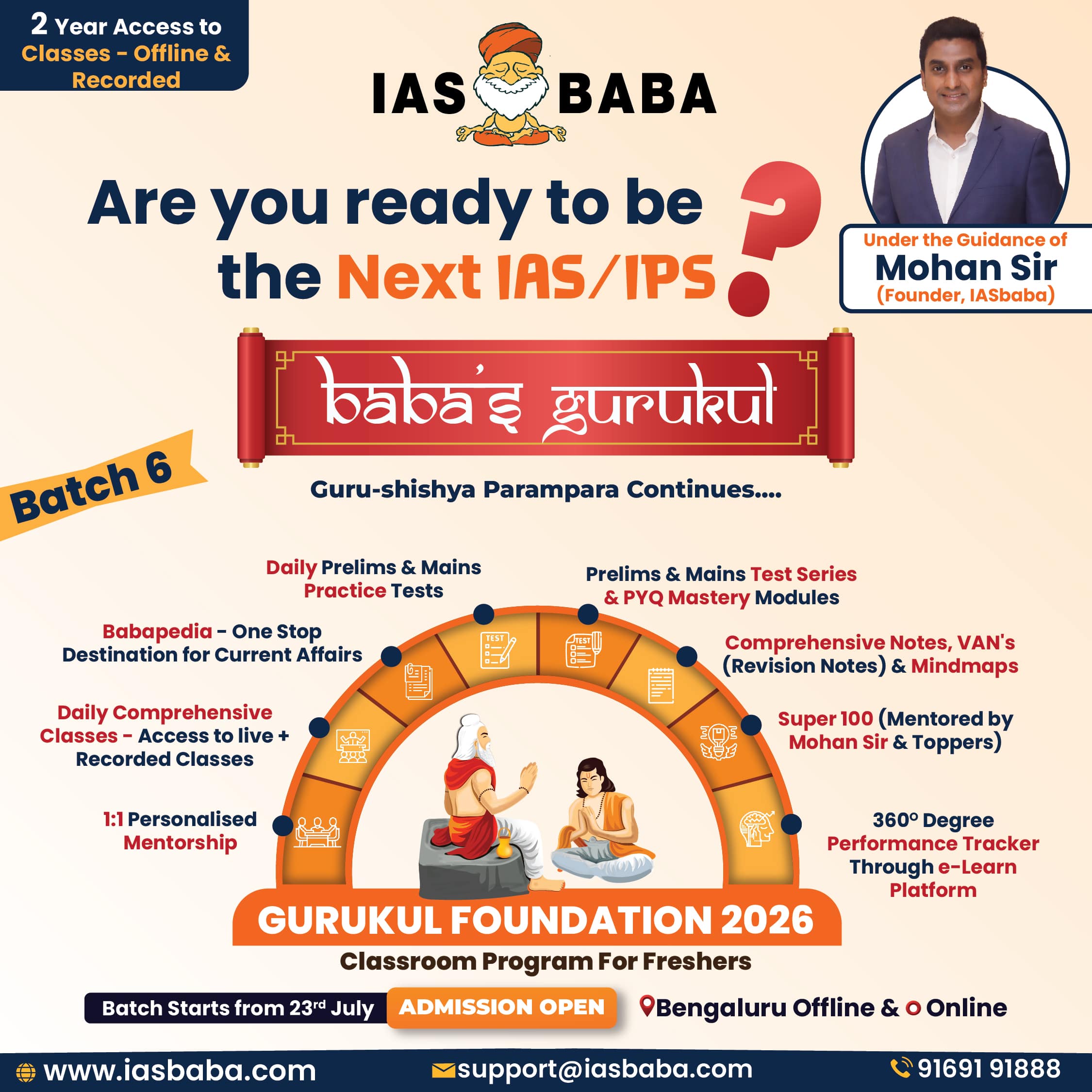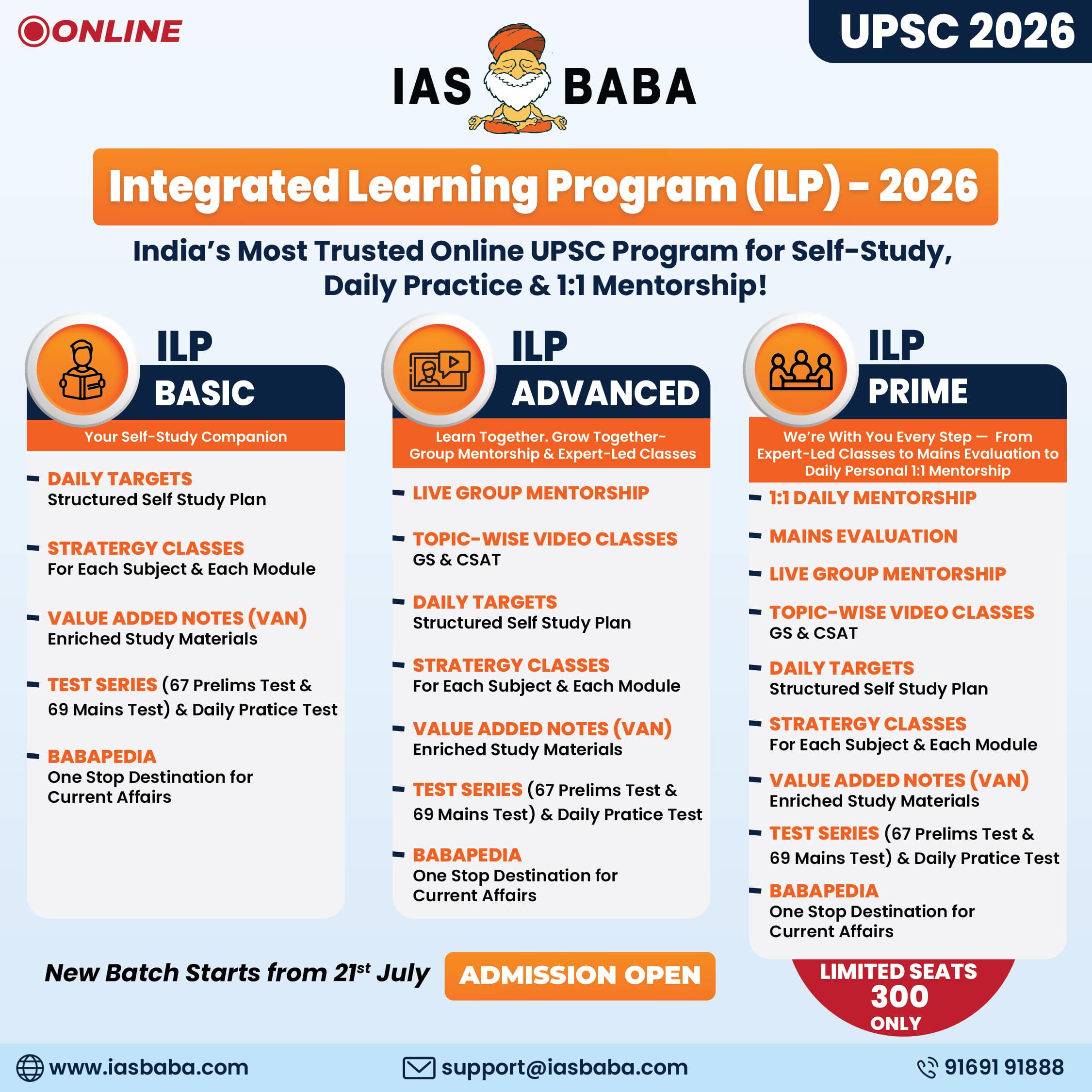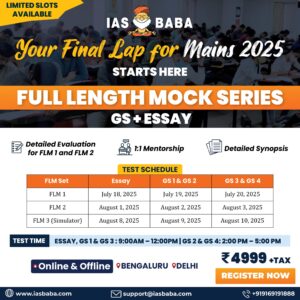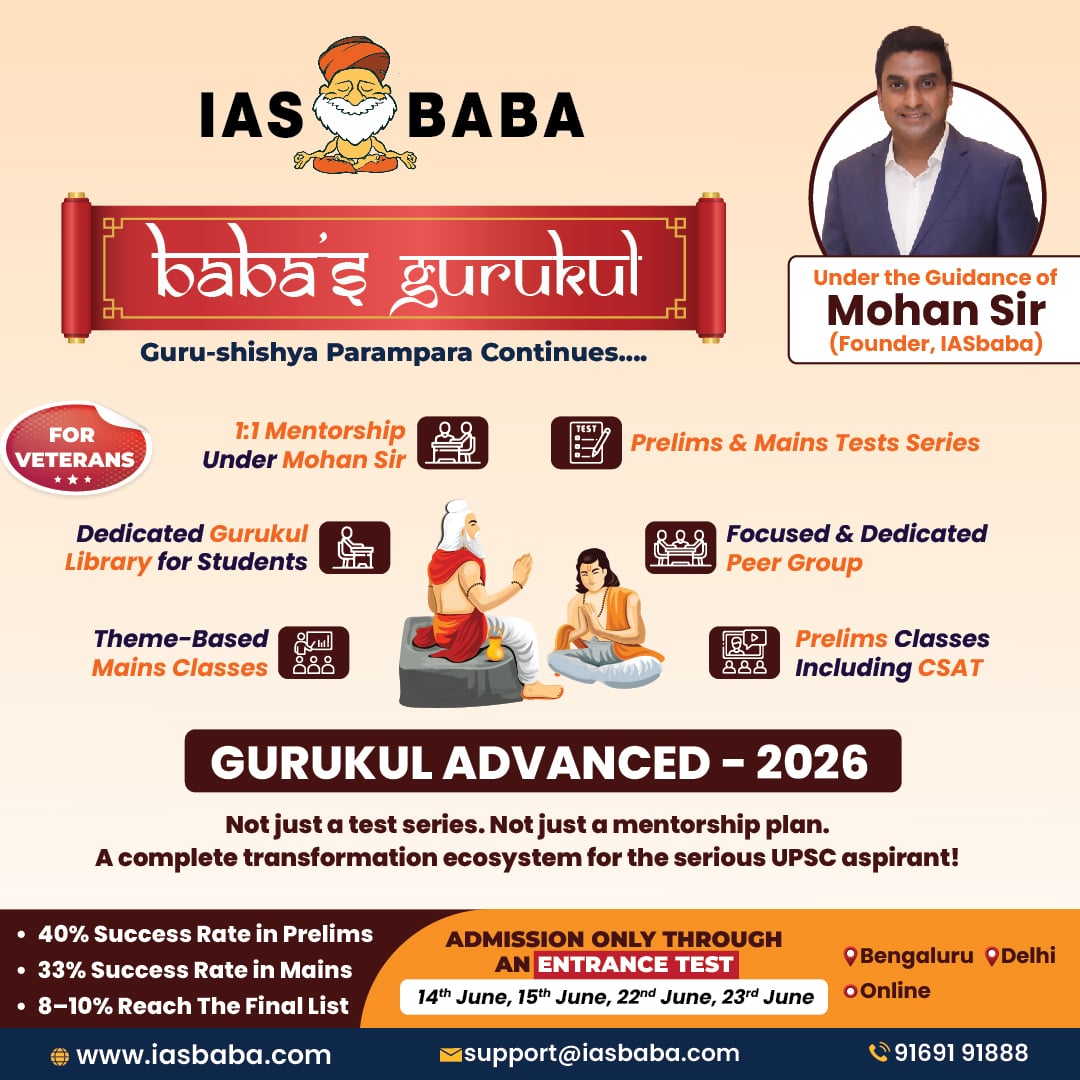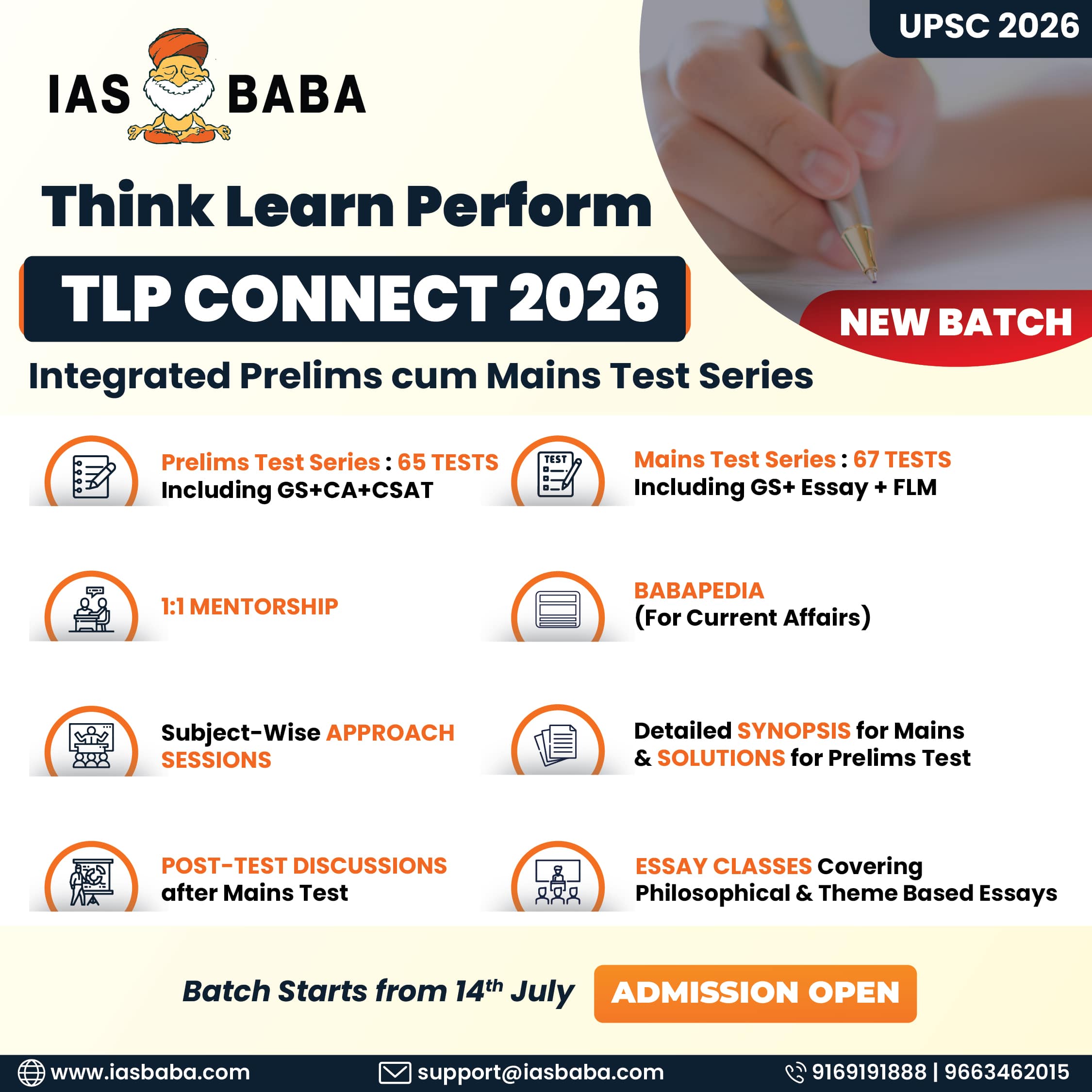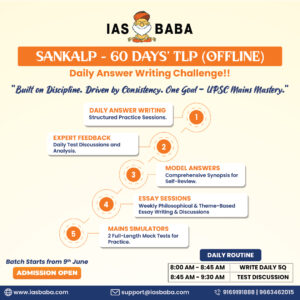The Big Picture- RSTV
Judiciary 2016
TOPIC: General Studies
- Appointment to various Constitutional posts, powers, functions and responsibilities of various Constitutional Bodies.
- Government policies and interventions for development in various sectors and issues arising out of their design and implementation.
It was CJI’s outburst that in 2016 about the “burden” being placed on the judiciary that firmly brought the spotlight back on to the issue of judicial delays and backlogs in India. The term ‘legal reforms’ have caught the imagination of policy makers, judiciary and general public, taking everyone by storm. Suddenly, everyone is clamouring to usher in new laws and weed out redundant ones. The government and law commission have also jumped onto the band wagon by implementing a slew of new measures to reform laws.
Amidst all the ‘idealistic talks’, crucial aspect of entire process remains ignored- the quality of Indian law making and law amending which functions as the fulcrum of the any kind of legal reform.
Thus, here is a flashback on judicial reforms that have taken place in last one year, problems faced and way forward.
Challenges before judiciary
- The high number of pending cases itself highlight the need of judicial reforms. There are around 3 crore cases pending in lower court, several lakhs in high courts and thousands in Supreme Court highlighting the need for judicial reforms. Such arrears see their origin in lack of adequate judges to attend to the burgeoning incidences of cases filed in courts.
- 60% of court cases are related to criminal nature. However, it is not supported by scientific investigation and proper police action resulting in cases getting delayed over a long period of time.
- The courts are crowded, over worked and ultimately one gets dates and not outcomes.
- Technology and human interaction not compatible leading to wastage of new established infrastructure as well as lack of skills in manpower.
Way forward
Increased number of judges and improving legal infrastructure
There is extreme shortage of judges from lowest courts to Supreme Court. When there are no judges, it is difficult to dispose of cases. Currently, there are 170 posts of HC judges vacant. This is the primary reason of creation of huge backlog of cases as well as time taken in delivering judgments. Judiciary is the place where date of retirement is known and thus vacancies should be filled beforehand. There is a report which says that in next three decades, the number of pendency cases is to increase many fold requiring 75000 judges as against current sanctioned strength of 20000.
The number of cases per day is huge and it is not humanly possible for judges to tackle those number of cases on daily basis. At the end of end, most of the times, particularly in trial court, the judges don’t know what they have dictated. They are in no position to read the orders and just append their signatures without reading it. Hence, many times mistakes go uncorrected.
Thus, unless things are put down in writing, focused in writing and the judge is given certain workload per day- say 10 cases- but they have to be tried to be fully solved and not delay it unnecessarily, the pendency will continue to increase.
This will help the judges to look into important matters which demand more attention as well as time and leave cases of lesser importance to be heard during particular days in the week.
However, the question is not always about judicial manpower. There is lack of support staff, lack of infrastructure, use of technology and also some management skills which have to be speedily put into system. The judges they themselves manage the entire affairs of the courtroom. This is not proving to be sufficient and takes up lot of time. The CJIs have talked about taking help of trained management people, but it has not happened.
Police reforms
Some radical reforms are required to modernise the criminal justice. For this, there is need for police reforms, which includes modernisation of police stations, technology used to record statements, video record statement of witnesses in CCTV presence or on smartphones
Measurements, microscopy, photos, invisible rays, chromatography, electrodialysis, spectrography, laser techniques, X ray etc. should be the new tools and techniques to be used during investigation of crime scene so that they are fully equipped and be able to place the chargesheet in just 24-48 hours instead of 90 days given today.
With technology, the results can be given much faster and not refer to central laboratories which are so overloaded.
Most importantly, the police force comprises in majority by matriculates which leads to lack of initial understanding of procedural requirement at the crime scene. Here is a need to have people with scientific background for investigation which can possibly provide with speedy outcomes. There is need of paradigm shift in criminal court and police stations.
Optimum utilisation
Everything needs reforms once it starts stagnating. In case of judiciary, the vital question is if the existing system has been used effectively enough. Because if there is lack of use of existing system, there cannot be reform without using the system to its maximum.
e-court system is being implemented on trial basis. Some HCs were completely supposed to be e-courts where there are e-files. But here also, primarily manpower is required to deal with such cases. Even e-court would need a judge to handle cases.
In such a case, old judges can be called back to relieve some ‘burden’. Though they may have lost their speed but they have the capacity to render their work and the new judges can learn from the old ones.
Government-Judiciary constructive relation
Judiciary and executive are constantly involved in altercation with each other but the problem is not the fight. They are not fighting over who should be appointed as judges but on who should be appointing judges. The power to appoint judges has been made more important than parameter and procedure to appoint the judges. In last one year, the judiciary and executive have not been able to sort their arguments over MOP for appointing HC and SC judges. That is the reason why 45% of posts in various HCs are lying vacant.
Adequate government participation is needed in ensuring urgently needed judicial reforms. It is legitimate to have intellectual confrontation as it helps in evolving a more matured decision. However, a fight over who is superior to whom defeats the purpose of the key democratic institutions.
But, government is not always at fault in making delays in appointing judges. In trial courts, there are 5000 pendencies as HCs have not appointed the required personnel at lower courts. It is for the HCs to initiate the appointments procedure at lower courts. These are more serious cases because these are the courts a common man goes. If they are not handled properly, the bulk of the cases remain pending and keep on increasing.
On this matter, the policymaker, the government, the judiciary have to sit together and take note of it rather than blaming each other.
Evolvement in society
There is a need for societal and cultural change of obeying and respecting the law and working according to law.
It is known that any case to resolve in courts takes years to get solved. Thus, naturally the people have the tendency to say that they will see what court says and the matter gets delayed for a long period of time.
But, if people start to obey law, honour the contracts and then may go to court when necessary. Also, if one finally goes to court and loses, he should be made to pay the entire cost of other man’s litigation. This will prevent false cases to refrain from blocking justice as well as save court’s time.
Appellate
The appellate processes go on and on because there is a tendency of appellate courts to interfere. The HC looks into what district court does, SC looks into what HC does. This sets the bar rather low for an appeal to be considered.
There has to be a system of justice where at first instance, people get it right. And appeals to the appellate court should be largely confined to questions of law. For this, the time in court should be rationed extremely.
Legal service exam should be brought in
The recruitment even in subordinate courts should be through All India Judicial Service exam. The judges of HC which take into account the job of assessing the relative merit of people to be appointed, is not seriously flawed. But it takes so much time that it makes huge amount of vacancies for which only HCs are then to be blamed.
Hence, legal service exam should be there so that there is adequate pool of judiciary incumbents.
Brining changes
The specialised courts are also under tremendous pressure to deal with cases as they are piling up on daily basis. It is a court with notification of being ‘special.’ Nothing changes from within as it has the same procedure. If it is a dowry court, the court listens to dowry matters. But even then, the cases are also pending.
Ultimately, speedy outcomes are what is needed from the court. There is no stake in speedy outcomes on the part of bar and also on bench as they go out on how many units of work based on numerical are calculated.
What is needed is to clear out old mess as much as it can be. In many of the arrears, many of the parties are dead, people have served out their sentences. Thus, there is a need to checkout those papers and see if lawyers are interested.
There should be a system where lawyers on both sides must say that the matter is alive and the people have stake in it. Then they can concentrate on matters which require urgent attention. In cases where there are 100 cases up for the day out of which 90 are adjourned, it means that 200 lawyers are waiting for it and wasting their time. Thus, an algorithm sort of should be prepared where in the cases to be taken up are known and the lawyers can do other work those who don’t have to visit the court. Hence, as mentioned before, need of court administrators is immense.
Also, SC is trying the idea if there could be court of appeal between HC and SC. This system is in Canada and South Africa where normal cases will end in court of appeal. There can be four regional benches of such courts. Then the only constitutional matters will go to SC. There have been lot of matters referred to constitution bench but they have not been formed. It has to be understood that if one constitutional matter is taken and if a constitutional issue is decided it can lead to many cases disposed of in one go but that is not happening as there are not too many judges in SC to take up those cases. As a result, important matters are taking a backseat.
The government has opposed this idea initially but it is still in stage of discussion. The law commission has also recommended it. However, there is a concern that it would add one more layer to the existing system.
Quality of law making
Quality of debates have deteriorated over the years and law makers are interested in disrupting the house rather than actually formulating an appropriate law in parliament.
The new laws created should not result in new litigation. Law makers are in a hurry to pass laws without auditing as to ensure how much litigation will ensue out of it. One amendment like cheque bouncing matter have added hugely to court burden. Thus there is a need to act fast.
Connecting the dots:
- If the judiciary is strong, the constitutional values of India can be successfully upheld. Critically examine.



